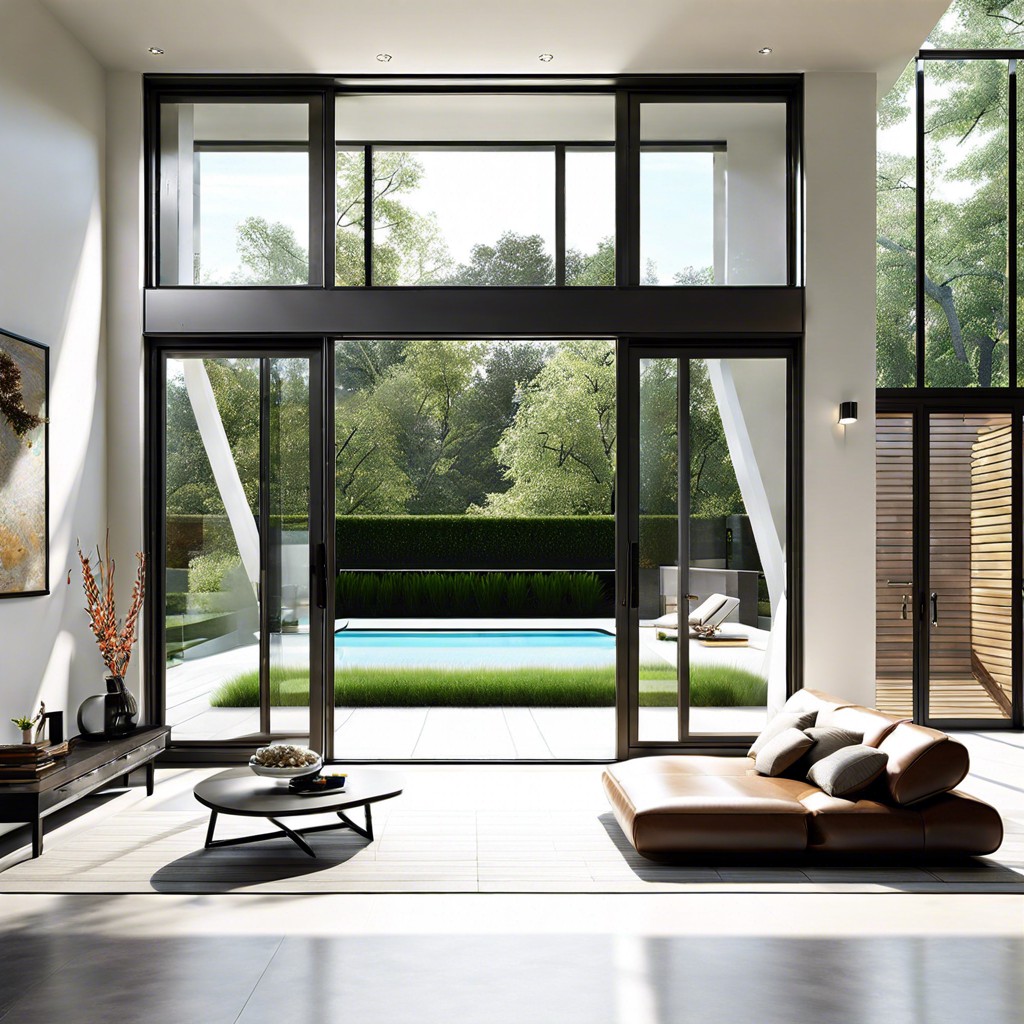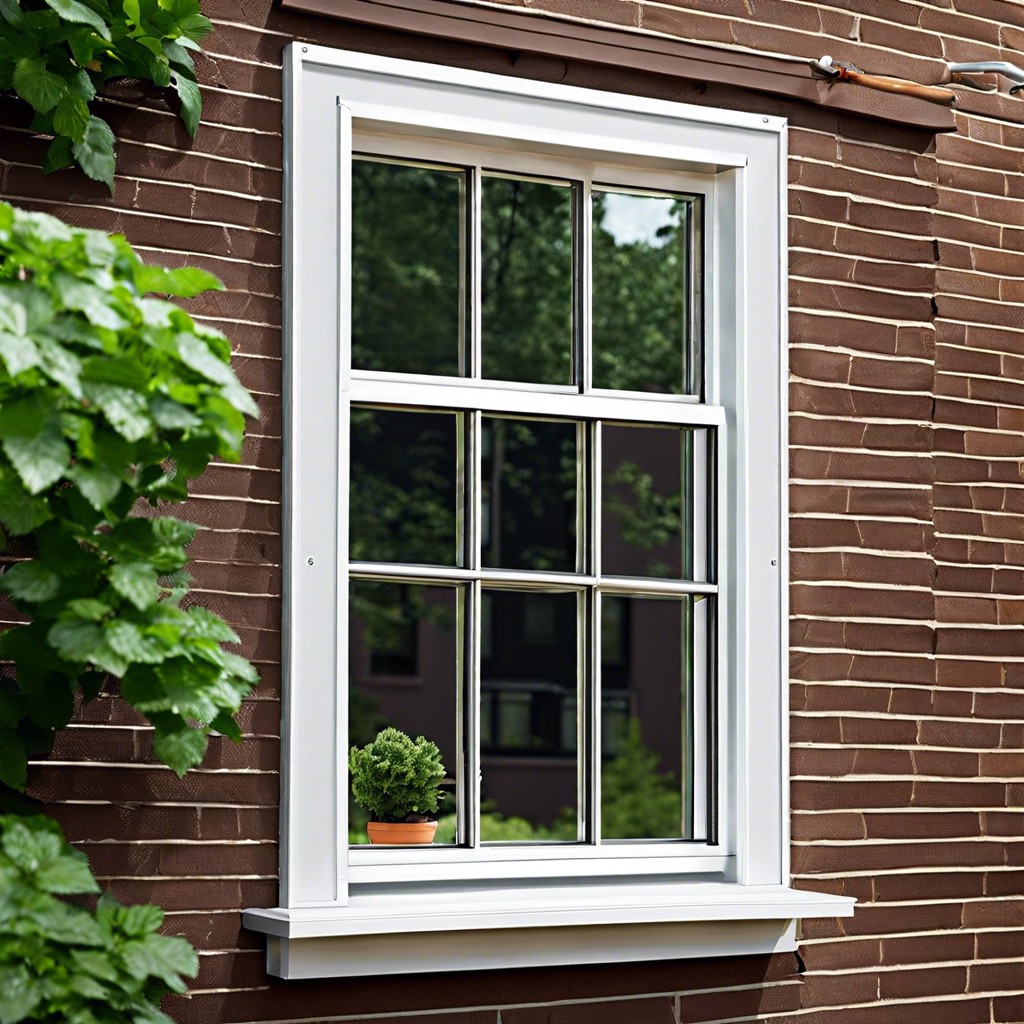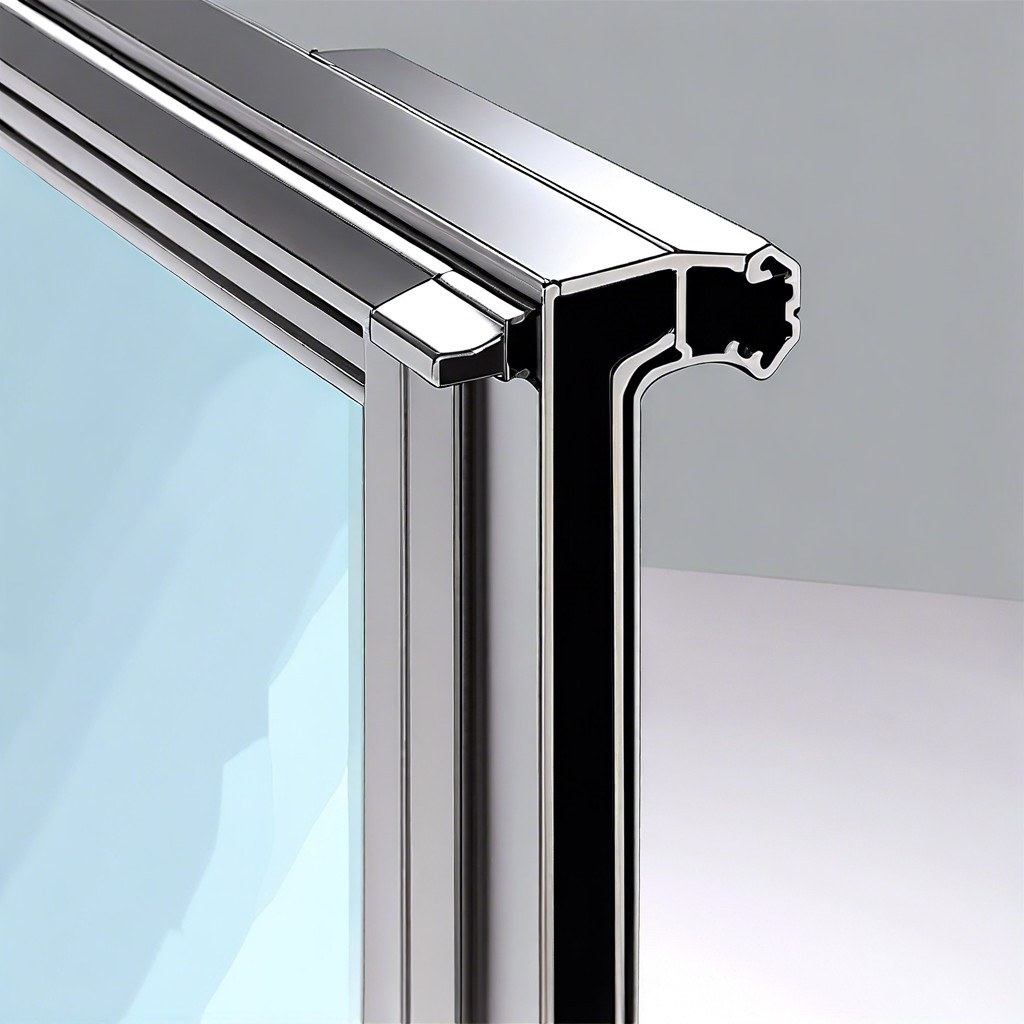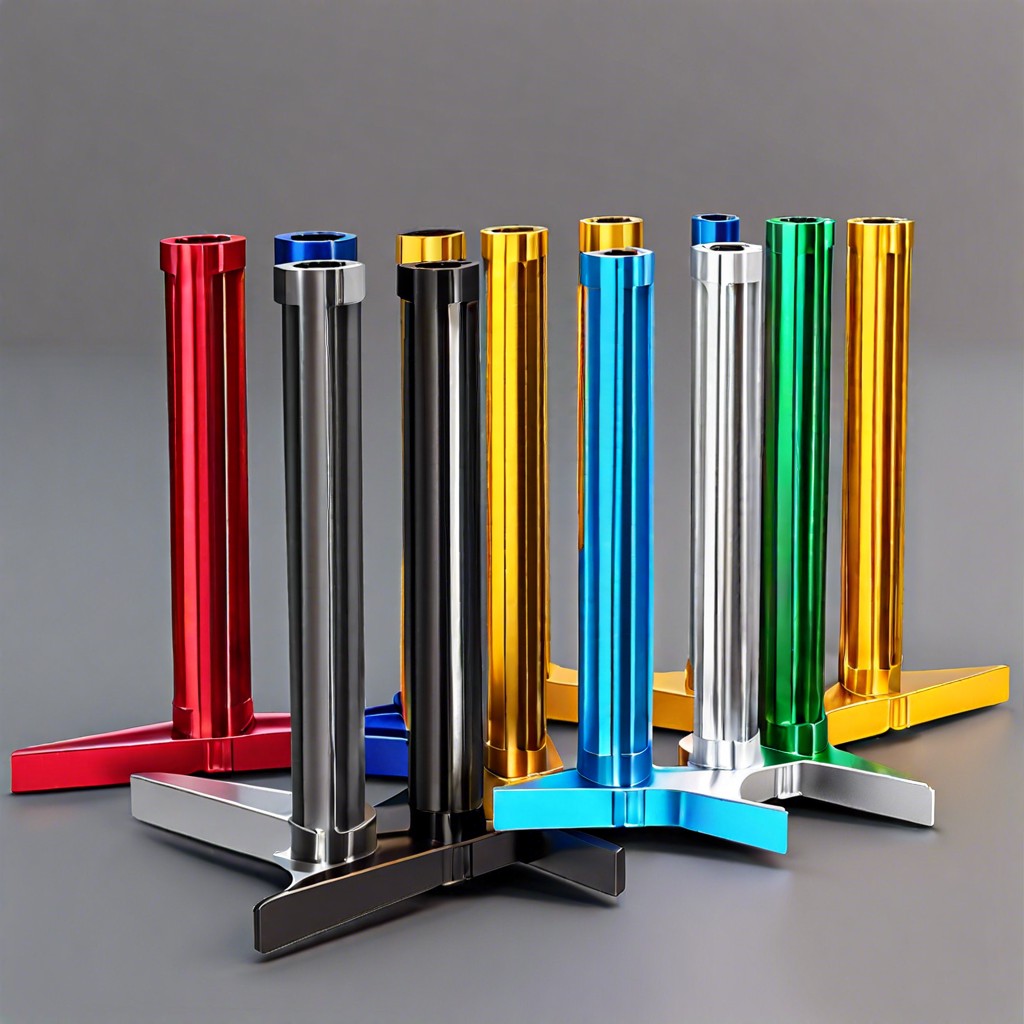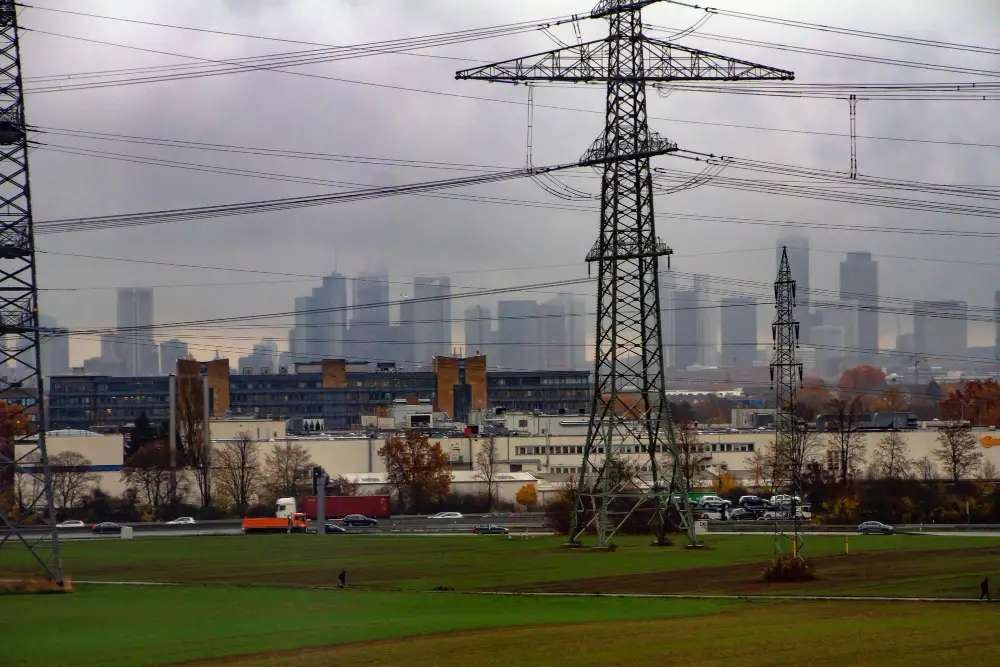Low-E glass windows are a clear advantage for reducing energy costs, and in this blog post, we will explore their benefits.
Low-E stands for low-emissivity and refers to a special coating applied to window glass that helps reduce heat loss during winter months and minimize heat gain during summer months. As someone who has experienced firsthand how uncomfortable it can be when your home’s temperature is out of control, I can attest that Low-E windows are a game-changer.
But what exactly makes Low-E glass so special? How do they work? And why should you consider investing in them for your own home? In this blog post, we’ll explore all these questions and more as we dive into the clear advantages of Low-E glass windows. So sit back, grab a warm drink (or an iced one if you’re reading this during summer), and let’s get started!
Low-E Glass: An Overview
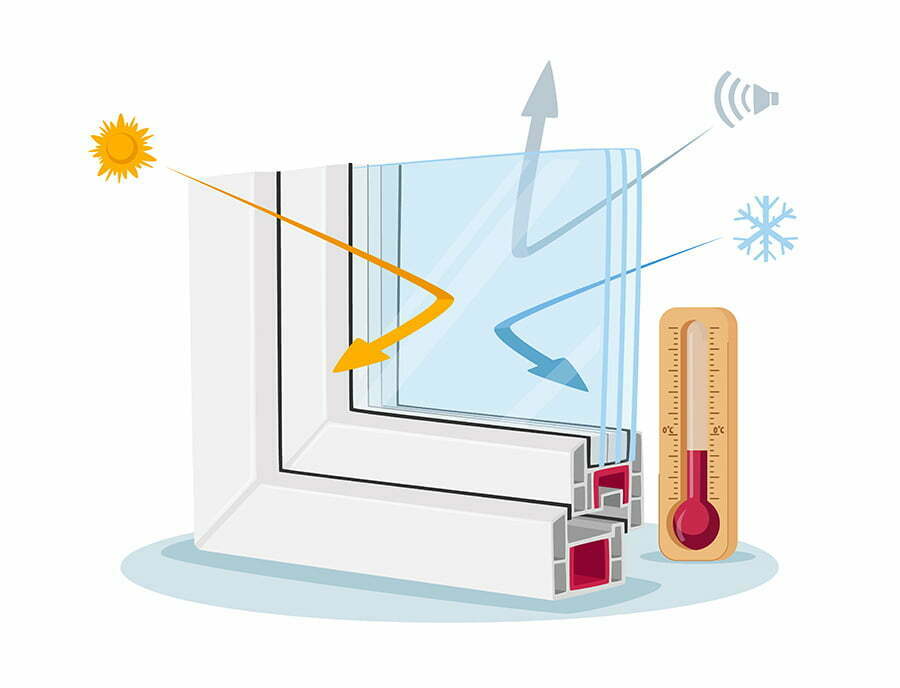
Low-E glass is a type of window glass that has been treated with a special coating to reduce the amount of heat that passes through it. This coating is made up of microscopic layers of metallic particles, which reflect infrared radiation and prevent it from passing through the glass.
As a result, Low-E windows are highly effective at reducing energy loss during winter months and minimizing heat gain during summer months.
In addition to their energy-saving benefits, Low-E windows also offer other advantages such as reduced glare from sunlight (thanks to their reflective properties) and increased protection against UV rays (which can fade furniture fabrics over time). Investing in high-quality low-emissivity glass for your home’s windows is an excellent way to save money on heating/cooling bills while improving overall comfort levels inside your living space.
Energy Reduction Benefits
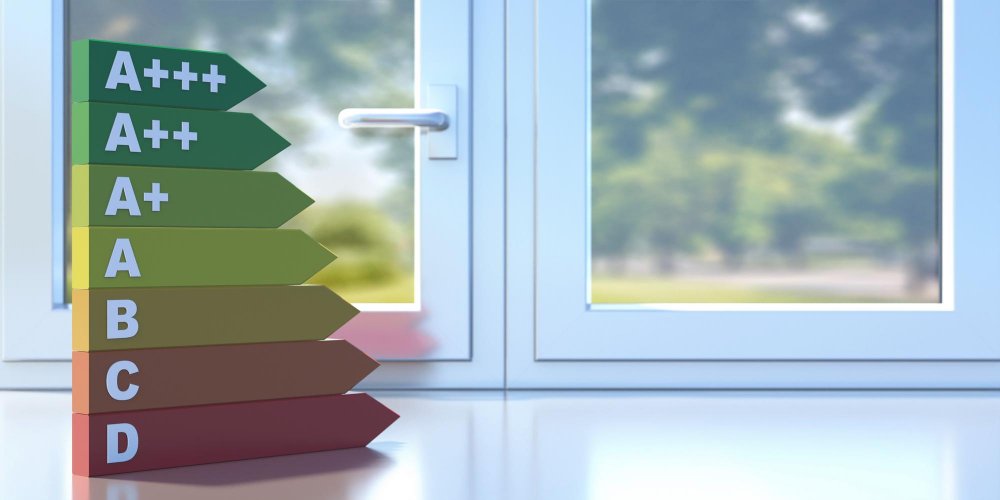
As I mentioned earlier, Low-E glass windows offer energy reduction benefits that can make a significant difference in your home’s comfort level and energy bills. The special coating on the glass helps to reflect heat back into your home during winter months, keeping you warm and cozy without having to crank up the thermostat.
In summer months, it works in reverse by reflecting unwanted solar heat away from your home, helping to keep things cool. But what does this mean for you as a homeowner? Well, for starters it means lower energy bills – something we could all use more of these days!
By reducing the amount of heating or cooling needed to maintain a comfortable temperature inside your home throughout the year, Low-E windows can help save you money on utility costs over time.
They also provide an added layer of insulation against outside noise pollution – another benefit that shouldn’t be overlooked. As someone who has lived near busy streets or construction sites before (and struggled with getting quality sleep), I know firsthand how valuable peace and quiet can be! Overall there are many clear advantages when it comes to investing in Low-E glass windows beyond just their aesthetic appeal.
From improved comfort levels within our homes through reduced noise pollution and lower monthly expenses; these innovative products truly have something for everyone looking towards sustainable living solutions today!
Enhanced Insulation Properties
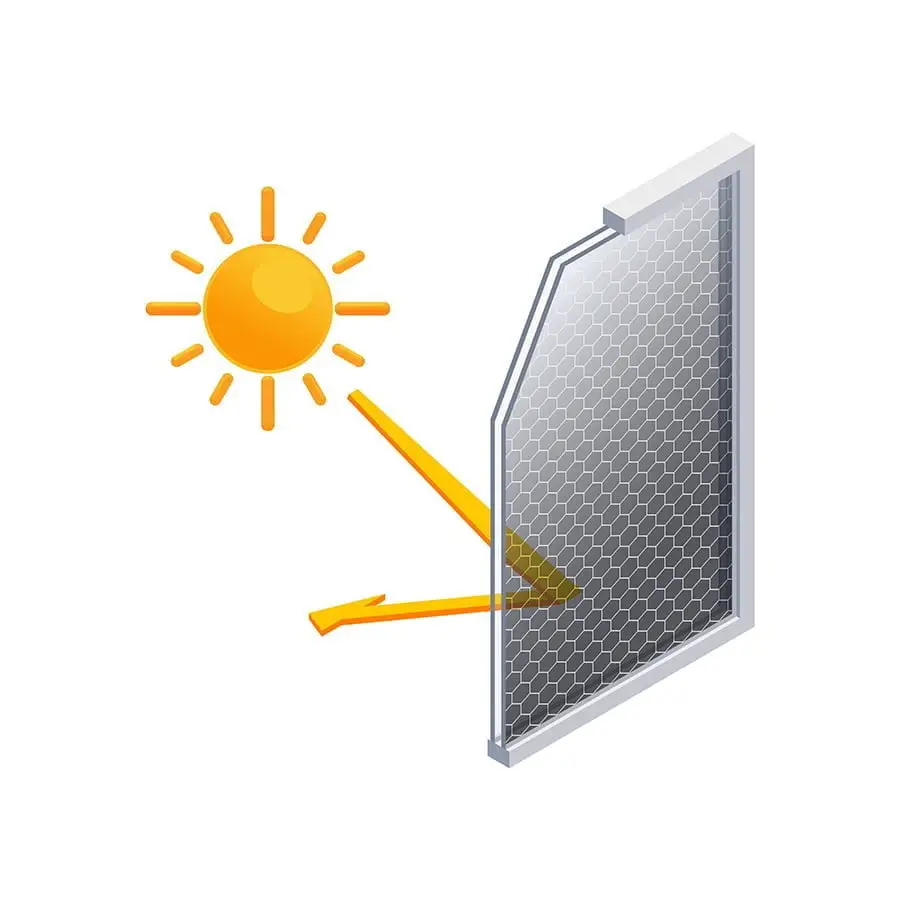
One of the main reasons why Low-E glass windows are so effective at reducing energy consumption is their enhanced insulation properties. The special coating on the glass helps to reflect heat back into your home during winter months, keeping you warm and cozy without having to crank up your heating system.
And during summer months, it reflects unwanted solar radiation away from your home, helping to keep things cool and comfortable.
But it’s not just about comfort – enhanced insulation also means lower energy bills! By reducing the amount of heat that escapes through your window panes (or enters them), you’ll be able to rely less on artificial heating and cooling systems which can drive up costs over time.
So if you’re looking for a clear advantage when it comes to improving both comfort levels and saving money in terms of energy usage- consider investing in Low-E Glass Windows today!
UV & Infrared Protection
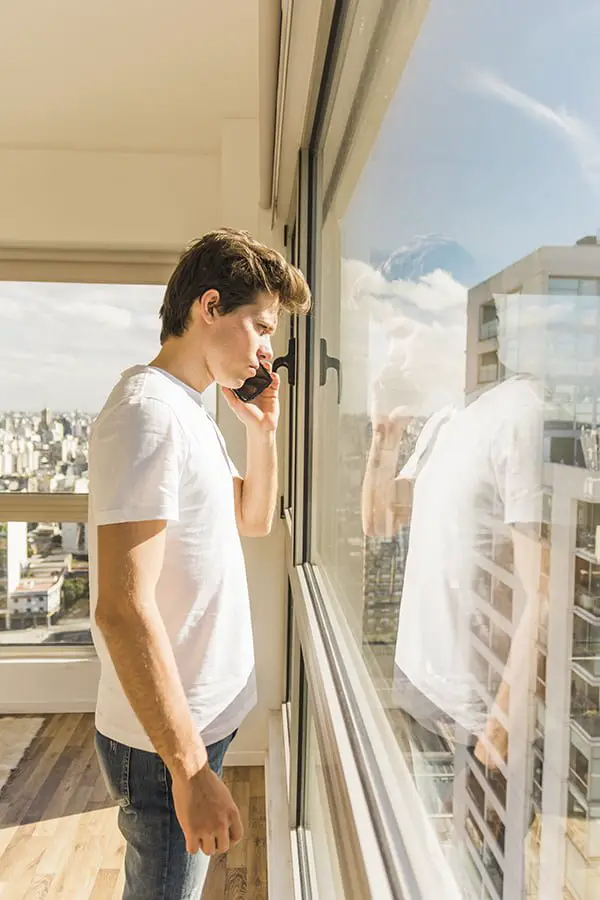
In addition to reducing heat loss and gain, Low-E glass windows also offer protection against harmful UV rays and infrared radiation. As someone who has experienced the damaging effects of sun exposure on furniture, flooring, and even skin (hello sunburn!), I can appreciate this added benefit.
The special coating on Low-E glass helps block up to 99% of UV rays that can cause fading or discoloration of fabrics and materials in your home. It also reduces the amount of infrared radiation that enters your home – which is responsible for generating heat – keeping you cooler during hot summer months.
Investing in Low-E glass windows not only saves you money on energy bills but also protects your belongings from damage caused by prolonged exposure to sunlight. So if you’re looking for a clear advantage when it comes to window technology, consider making the switch to Low-E glass!
Cost Savings Analysis
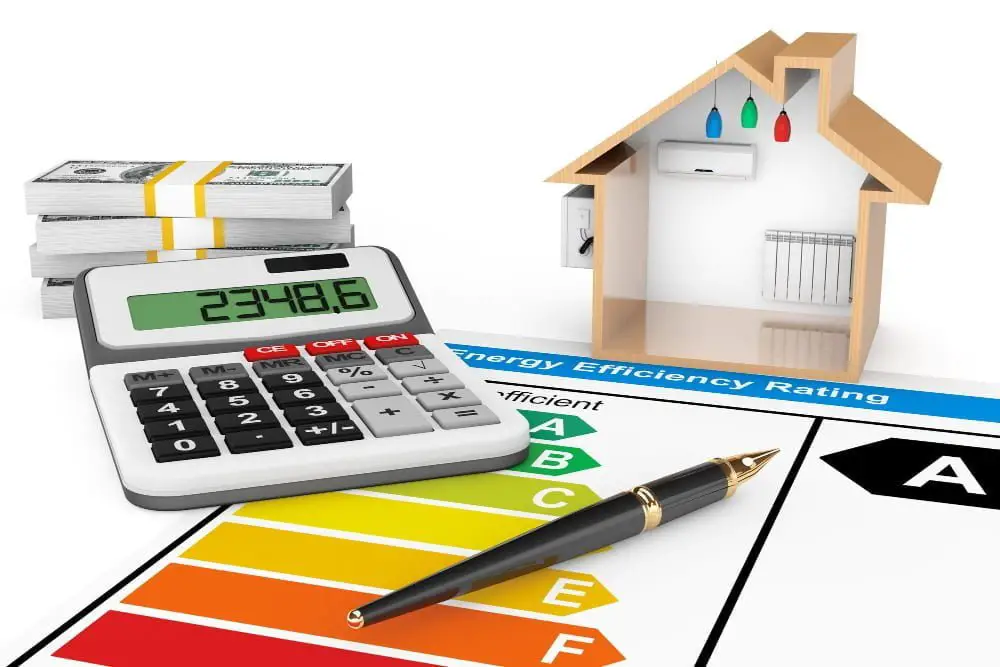
According to the U.S. Department of Energy, windows can account for up to 25% of a home’s energy bill due to heat loss and gain. That’s where Low-E glass windows come in as a clear advantage.
While they may have a higher upfront cost compared to traditional window options, their long-term benefits are undeniable when it comes to cost savings analysis.
Low-E glass helps reduce the amount of energy needed for heating and cooling your home by reflecting infrared light back into your living space instead of allowing it through the window panes.
This means less reliance on HVAC systems which translates into lower monthly utility bills over time. In fact, studies show that homeowners who invest in Low-E glass can save anywhere from 10-25% on their annual heating and cooling costs depending on factors such as climate zone and building orientation.
So not only do these innovative windows provide comfort year-round but also offer significant financial benefits in terms of reduced energy consumption – making them an investment worth considering for any homeowner looking towards sustainable living practices while saving some bucks!
Types of Low-E Coatings
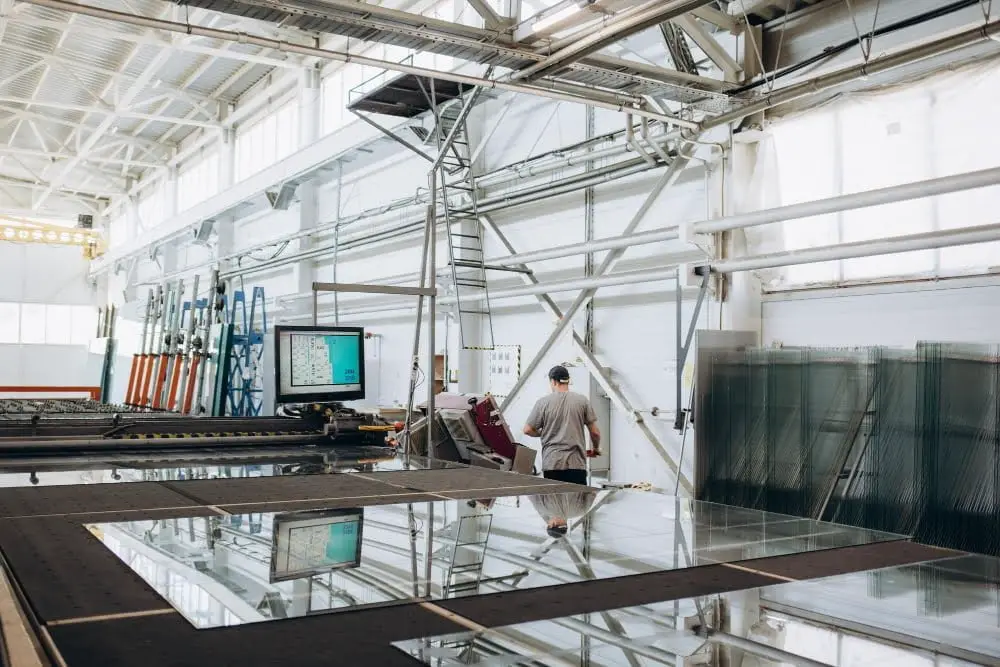
Now that we understand the benefits of Low-E glass windows, let’s take a closer look at the different types of coatings available. There are two main types: hard coat and soft coat.
Hard-coat Low-E glass is made by applying a thin layer of tin oxide to the surface during production while it’s still hot. This type of coating is durable and can withstand harsh weather conditions, making it ideal for use in commercial buildings or areas with high foot traffic.
Soft-coat Low-E glass, on the other hand, uses multiple layers of silver or other metals applied through a vacuum deposition process after production. This method creates an incredibly thin coating that allows more natural light to pass through while still reducing heat loss/gain effectively.
Both hard-coat and soft-coat options offer energy-saving benefits but have slightly different properties depending on your needs. For example, if you live in an area with extreme temperatures or strong winds (like I did as a child), then hard coat may be better suited for your home due to its durability against wear-and-tear over time.
Ultimately though – whether you choose hard- or soft- coated low-e windows – both will provide significant energy savings compared to traditional single-pane windows without sacrificing natural light transmission into your home!
Installation Considerations
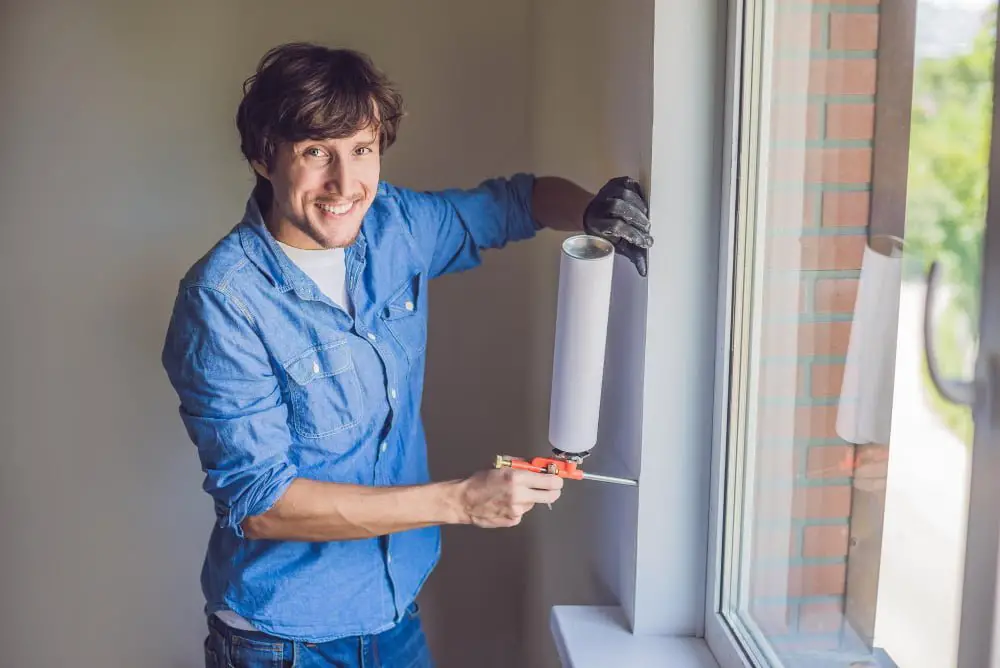
It’s important to note that installing Low-E glass windows requires a bit more expertise than your average DIY project.
While some homeowners may be tempted to tackle the job themselves, hiring a professional installer with experience working with these types of windows is highly recommended.
One thing to consider is whether or not your current window frames are suitable for Low-E glass installation. Older frames may sometimes need reinforcement or replacement before new windows can be installed properly.
Another consideration is the orientation of your home and its exposure to sunlight throughout the day. Depending on where you live and how much sun exposure your home gets, certain types of Low-E coatings may work better than others for optimal energy reduction benefits.
While there are certainly factors to consider when installing Low-E glass windows in your home – such as hiring a professional installer and choosing the right type of coating – their clear advantages make them well worth considering if you’re looking for ways to reduce energy costs and improve comfort levels within your living space.
Recap
